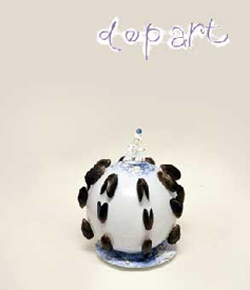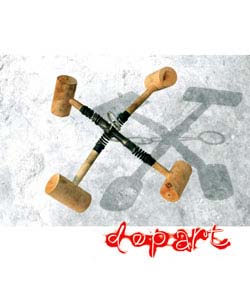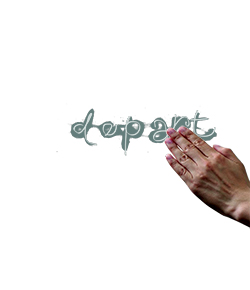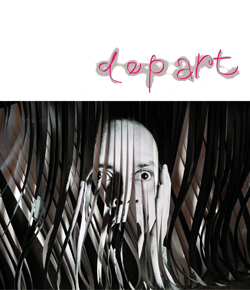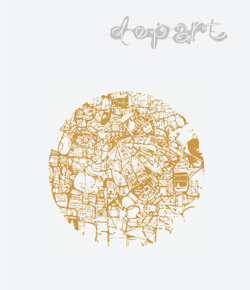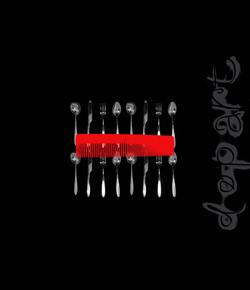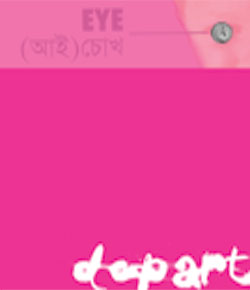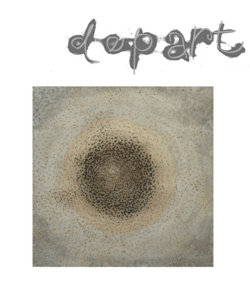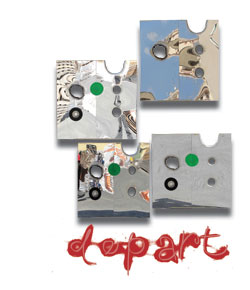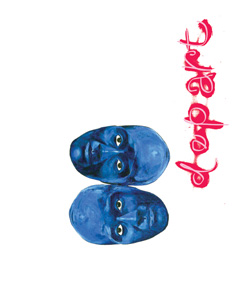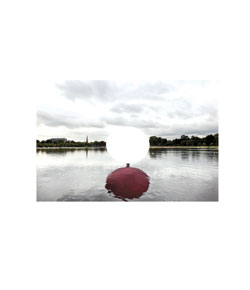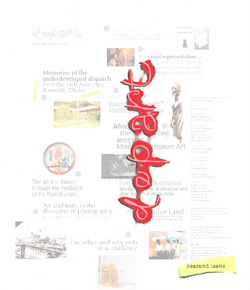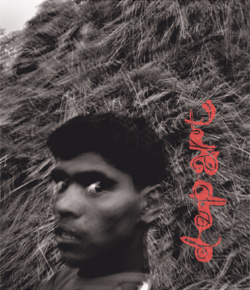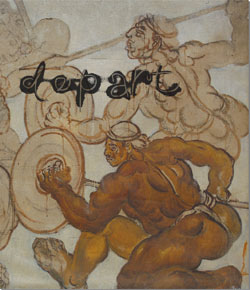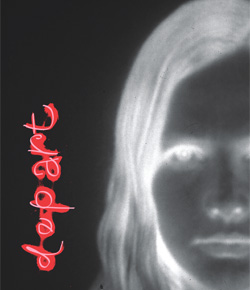navigator
Ripon Saha's reorganization of the sensory data

In the social space where things are in a state of fluidity and flux, demarcation of boundaries is impossible and arts and crafts are no exception to that. Therefore, ascertaining the meaning of an artwork is not limited to the discussion of its content and form through which it was made to appear. In fact, most of the time one has to include an analysis of the thoughts and feelings – those intangible human variables – which have actually catalyzed the creation.
Ripon Saha's pictorially-inclined world, where, on the same base, a variety of techniques are used to present images as symbols, testify to the dissolution of boundaries between art and life, knowledge and politics. To speak of the characteristic visual languages that prevail upon the 'othered' image-making devices and objects that are socially-commercially embedded in a recognizable paradigm, is close to being aware of how one domain easily runs into the other, and as such, is proof that all things in the social-individual sphere are in the process of continuous evolution. The concrete, sensually enjoyable images derived from actual experience emerge on the canvas assuming a unique form, transcending the received data, of visionary entities of multifarious dimensions through imaginative and intellectual interpretations of the artists. The same has happened on the canvases of Ripon where ideas are conveyed in a suggestively political mode often leading to a set of specific yet nuanced interpretations and meanings.


canvas, 105x80cm, 2013.
An important feature of contemporary art is its mutability. Within the contemporary art space, ideas and disciplines are constantly being rendered frayed and redundant as new emerging art forms vie intrusively for attention. Modern technological advancements and concepts pertaining to their usage in art are constantly tempting artists inclined to reconstructing their form and structure of freight; various reflections of which are seen in the contemporary Bangladeshi visual praxis. Now the axioms and methods – which are the source of the established language which many a mainstream early modernist had embraced at the outset, must face scrutiny and enquiry and they are also getting refined through continuous revisions. Simultaneously, there is an obvious sense of history and heritage instigating an awareness of the 'locale' we are part of, notwithstanding, the global exchanges of thought, expressions, anxieties and apprehension pertaining to such exchanges that catalyze the new fruitions. Even the culture of our daily existence has become a source of inspiration for some who lay their faith squarely in the convergence of the transcendent with the everydayness of lived reality.


canvas, 105x80cm, 2013.
Under the direct or indirect instigation of these factors, Ripon Saha's canvas has turned into a repository of images with references to what lies 'outside' the canvas – the locus of self-(re)organization. Ripon has modulated himself over the last five years, sidestepping his personal emotions and feelings in such a way that he can now create a counter-ambience for his art pooling fragments from all the surrounding social or political events, media psychogeographies and literary and cultural spaces. Ripon considers the space of his canvas as a link to both what lie external and internal to his art where the stencilled images, or rather fragments of images, are deposited with an eye to a specific compositional scheme as they are transformed and recast into their final forms.

Modernism had set forth a tendency for all to look at the surface and content of a work as dissociated – having their own separate constitutions. Ripon is set out to go against that grain. His paintings, though seemingly a little detached, are more of an exercise into powerful spatial construction rather than a scheme of referencing that prods us to wander off endlessly in search of an elusive meaning. His is a project of culling and categorizing images, those that he encounters in his day-to-day existence. The forms or images, drawn or stenciled, are accommodated into his own pictorial space, and the reason behind such schematic action akin to that of a social biologist are a multiplicity of intentions; the elements used serve as cues to a multilayered reality he draws on, often leading to variegated meanings.




